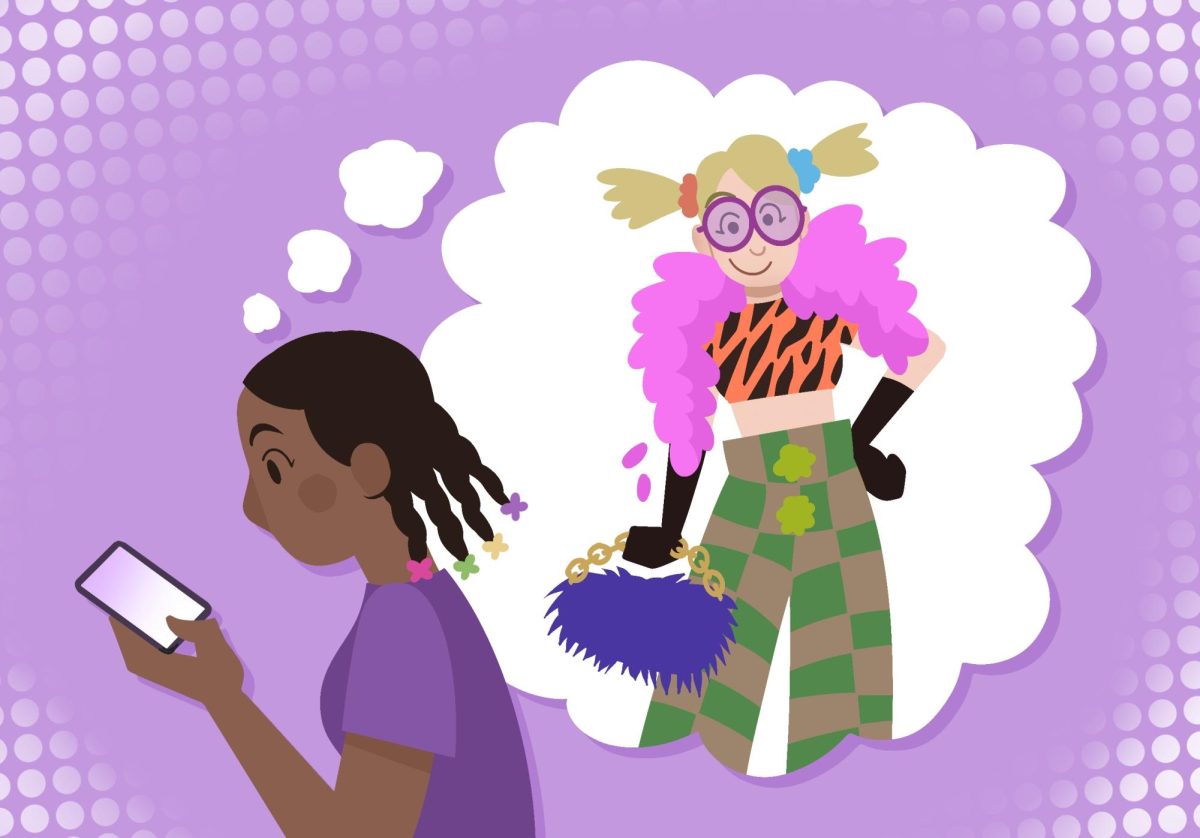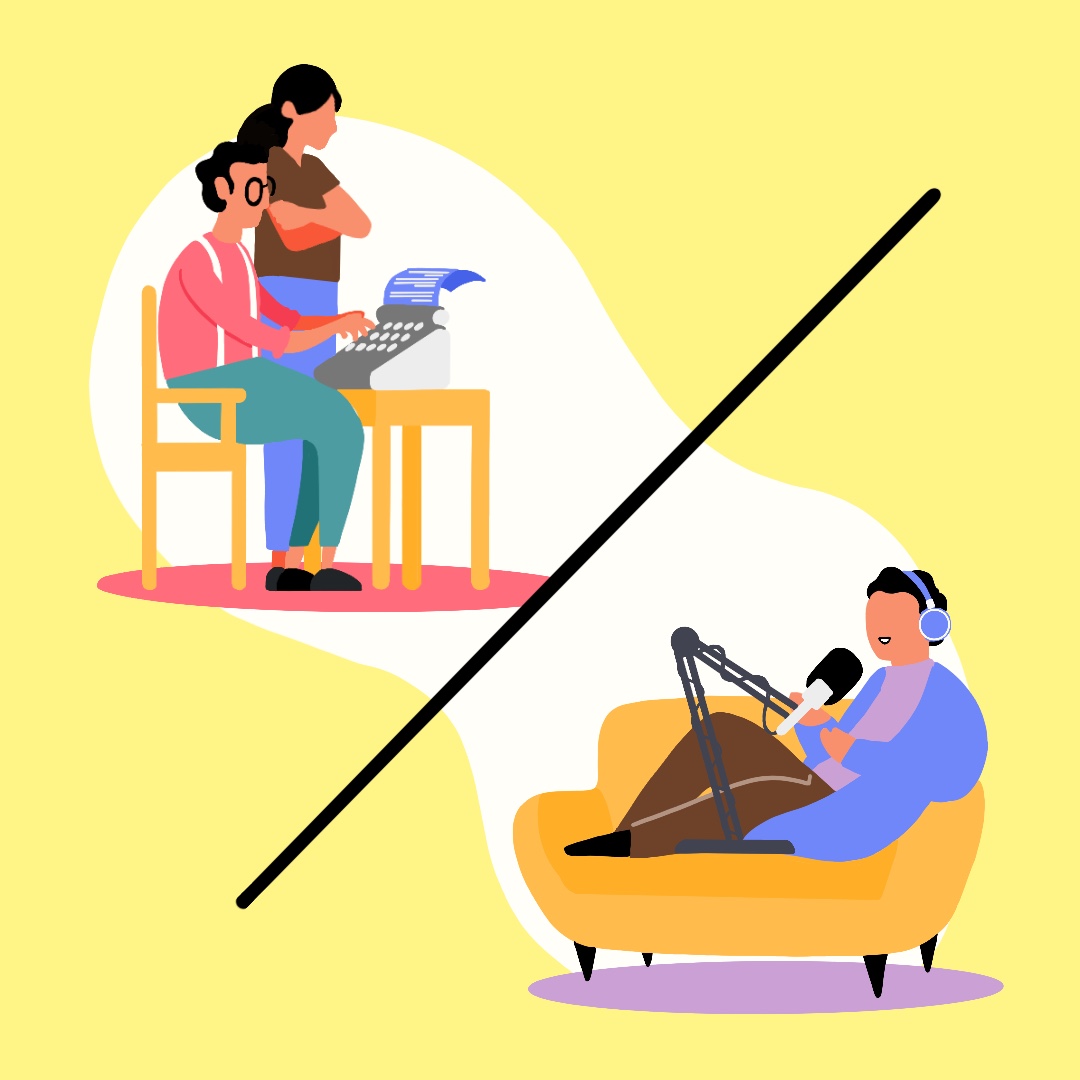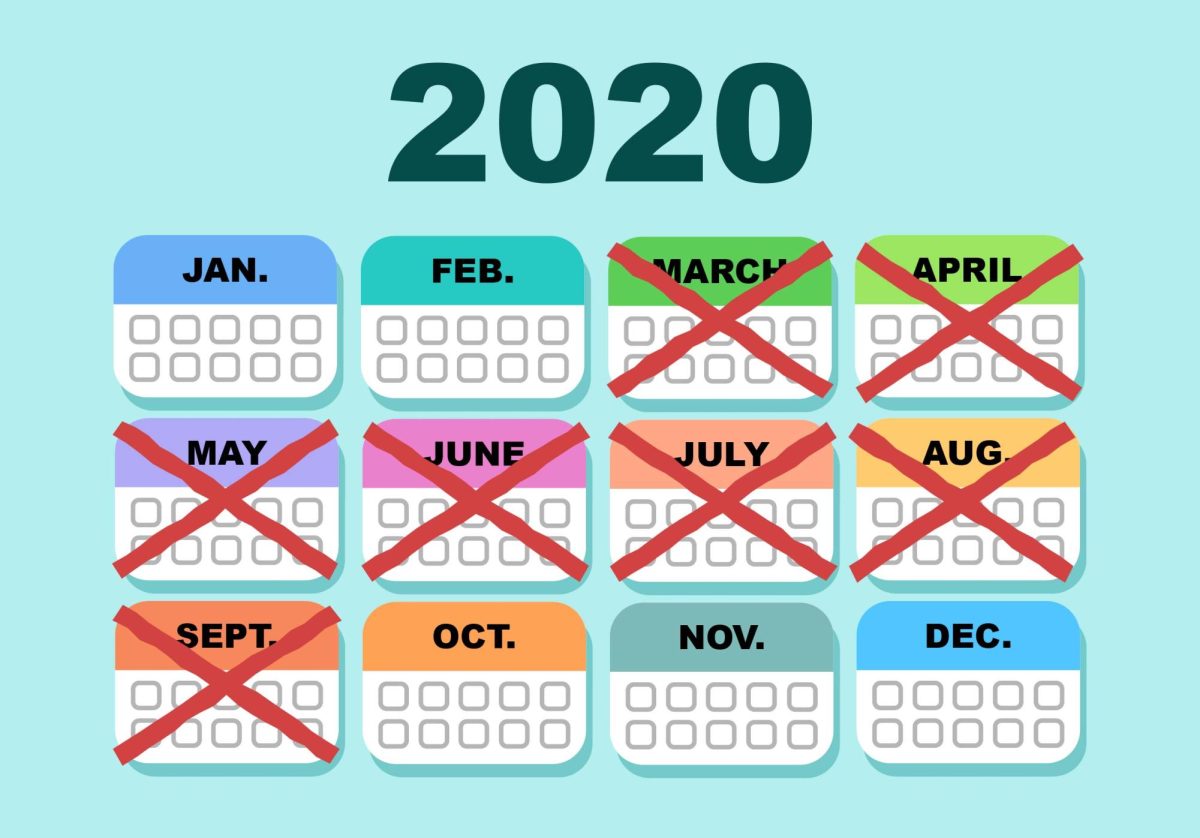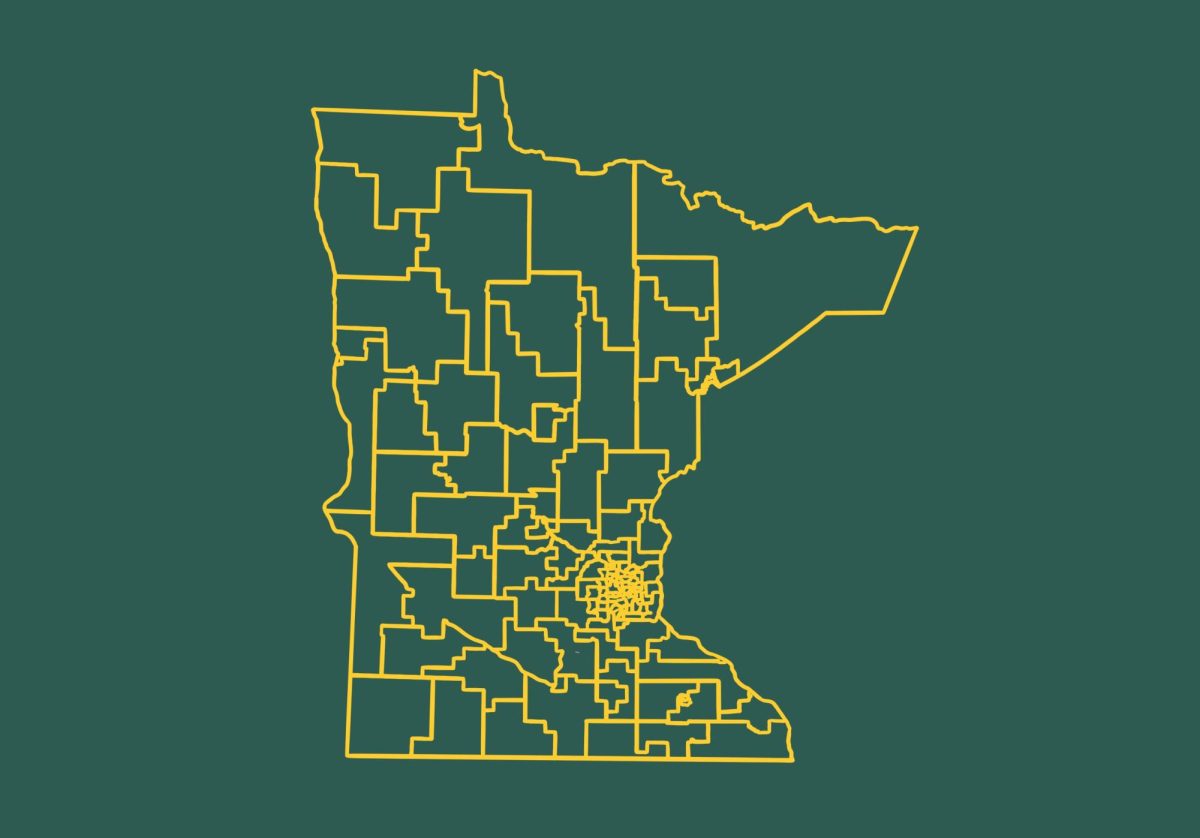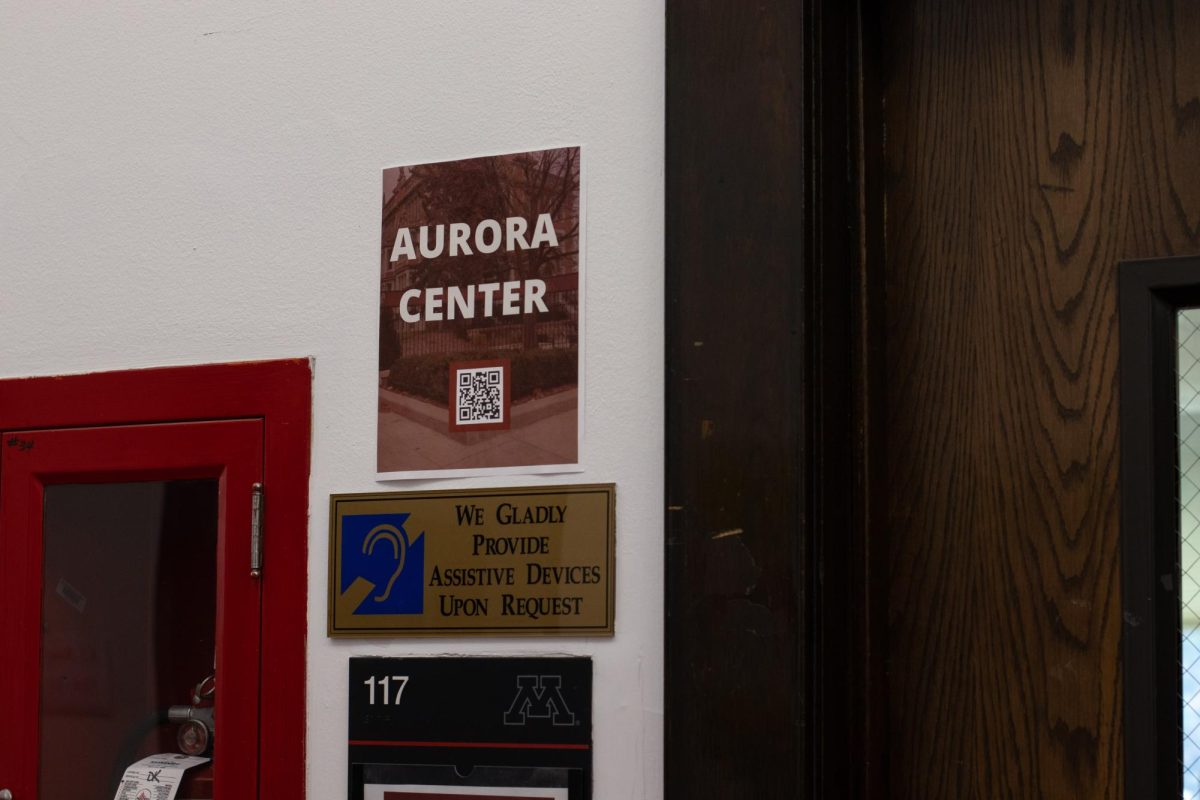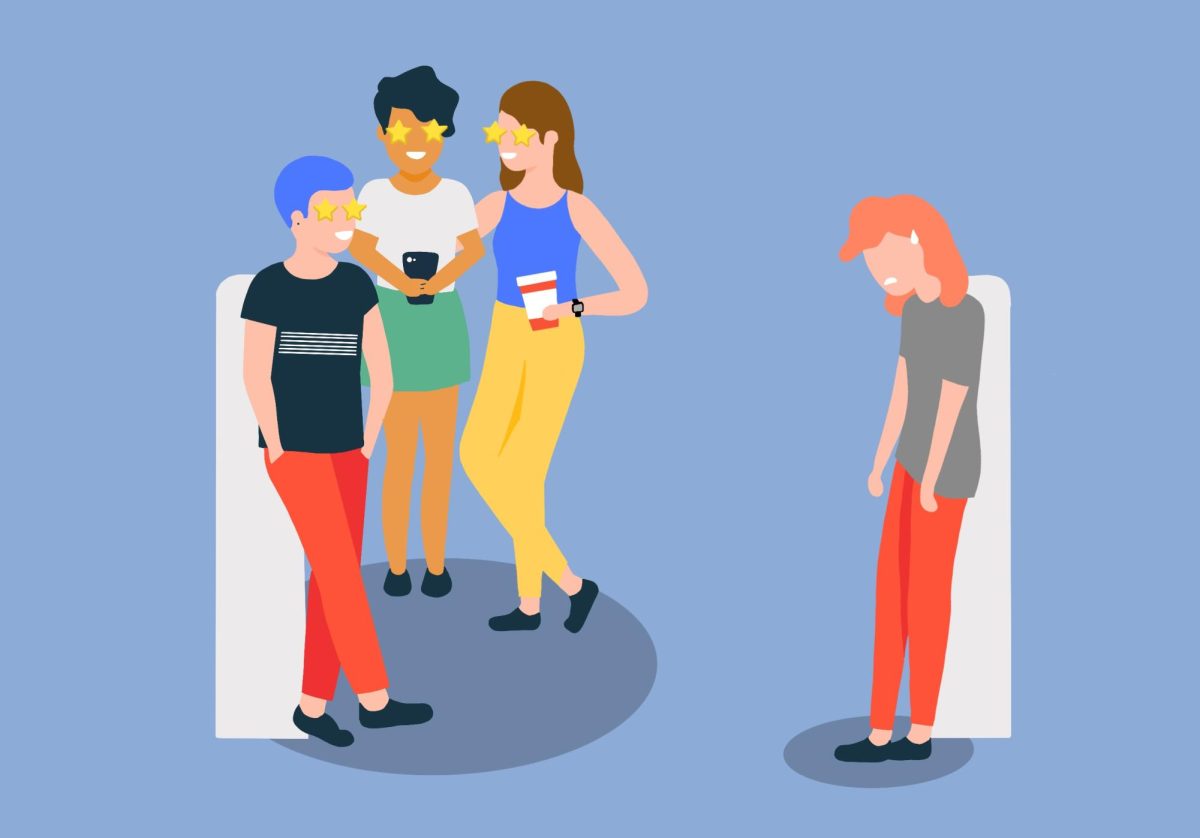Recently I went on a shopping date with a girlfriend, and one of our items was a supportive bra. My girl got fitted for a bra for her first time and it had an immediate effect. The smile on her face when I saw her two days later was just like every other post-pubescent female epiphany: the right bra was a game-changer.
A lot about bras is taken for granted, and most people – unfortunately, including women – completely discount the importance of bras outside of their decorative role. The right brassiere is more than cute rack packaging. Bras require maintenance and thought, and no one I’ve spoken to has reported a painless bra-fitting journey. Everyone’s gone through their own brauma. For example, Dani Quast, a junior in nursing, remembers how much the right bra fixed things. “My back hurt so much to the point where I was crying. Finding a supportive bra not only made my back feel better, but it also made me feel confident exercising as well, because I ran cross-country and track. Which hurt a lot.”
First, I want to make something clear: you have the right to a bra that fits. Your true bra size is your friend, and if your cup size is greater than DD, you’re just as normal as everyone else. If your back or neck hurts, your skin is tender or you have headaches you can’t cure, make sure you’re wearing the right bra. A common tendency is to wear a sister size (like 34D and 32DD) which almost-not-quite fits your body. The chronic pain from those bras detract from life.
Like every rack owner out there, I’ve had my own brablems. I spent all of high school and a quarter of undergrad wearing some incorrect size, too shy and self-conscious to take off my shirt and figure it out. You may have felt that way too, or still do. Remember that whatever marketing wants to tell you, breasts are not all about sex. They’re just a part of your body that, when properly clothed, you can forget about completely. Maria Turco, a sophomore in physiology and Spanish, told me that “wearing the right bra, especially when you have big boobs, gives you so much more confidence because you don’t have to worry about anything hanging out, or adjusting anything, and everything just feels comfortable.”
I found the right supportive bra with my very supportive mom. For those of us who don’t have that resource right now, you should still consider getting fitted by a professional – someone who’s there to fit you, not to sell to you. This is a free service implicit in good bra departments and boutiques. I love the store Bras Galore in Chicago. You can also fit yourself, use the customer service lines on sites like Bare Necessities, or use the resources all over the Internet. There are even subreddits called A Bra that Fits and Big Boob Problems.
The straps of your bra should not dig into your shoulders or slip off. The straps are also not wholly responsible for structure: the band should go in a straight line across your back, not arch up. It should be tight enough to fit only one finger-width between the band and your back. The cups should fit around each breast without spillage or extra space, and the end of the underwire should never poke into your body — you should lift your arms, and the underwire does not move. The gore is the connection between the two cups in the front of the bra, and it should sit flat against your sternum, again staying there however you move your body.
Ellyson Roepke, a senior in materials science and engineering, lived with pain for years until she fitted herself for a bra entirely on her own. “Everybody should know that unless they’ve actually gone through the research themselves … figured out how to measure themselves all on their own, it’s likely that they’re still not wearing the right-size bras.” It’s impressive that Roepke found her right size without outside help; it’s heartbreaking that she, like so many of us, had to endure chronic pain to do that. For our upcoming friends who are currently figuring that out, she has a word of caution. “Most stores that you get fit at will lie to you about your size to sell more bras. Especially at Victoria’s Secret.” “Retweet,” I said.
Like the best of us, to be treated right, bras have to be pretty high-maintenance. Always allow at least 24 hours for bras to decompress between wears. Wash bras in their own load on delicate, and use a bra-specific detergent (or sports detergent, in a pinch), because normal laundry detergent degrades elastic. I use Forever New, and I have good bras from the second Obama administration. Hang-dry only, and for padded bras, never pop the cup inside-out, even when packing in suitcases, because this stretches and weakens the padding.
Since bras are for women, they’ll be generally expensive. Classic! This hurts women everywhere, like Jen Edwards, a sophomore in neuroscience. “I’m still wearing bras from ninth grade because it is just too expensive to purchase new ones. Quality bras only found in department stores are upwards $100 making them unaffordable to myself and many others.” It will take a lot of energy, but if you can finagle bras on sale and make them last, having three right-size bras is enough for true peace of mind. One to wear, one to wait, and one to spare.
Please notice the repeating theme: finding the right bra is an immediate and permanent layer of confidence. Your chest is no place to feel self-conscious and scrutinized. Roepke remembers that “finding the right size made me realize that there’s nothing wrong with me or my body.” That’s true — your body is perfect because it’s yours. Your bra is here to fit you, not you to fit the bra. Roepke’s size was hiding from her and she found it. I wish her bratharsis on everyone.
Uma Venkata welcomes bramments at uvenkata@mndaily.com



